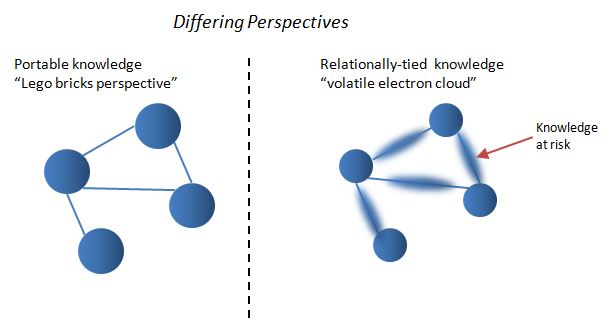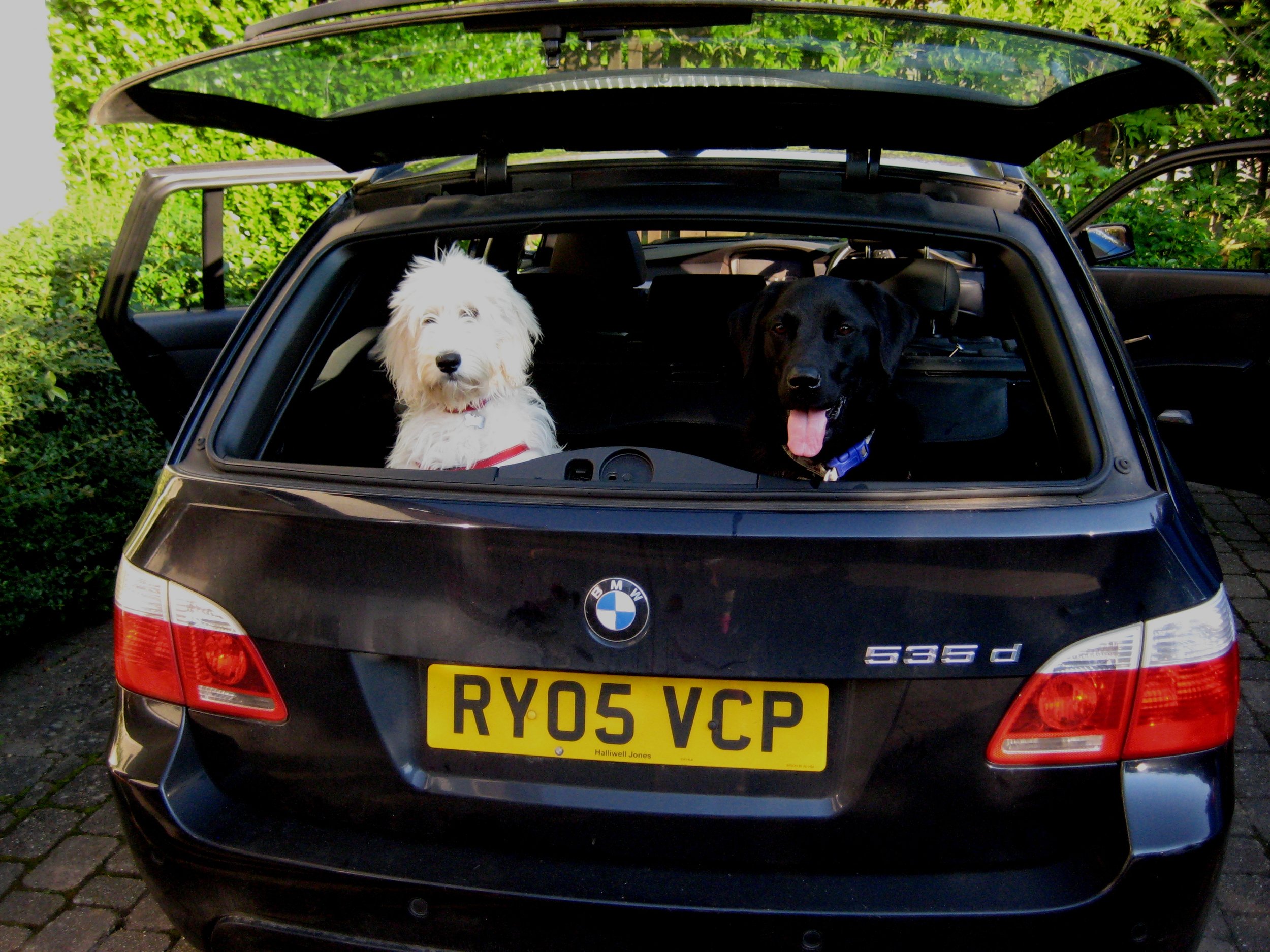Every so often, it’s good to revisit some of the fundamentals of knowledge management and reflect on their continuing importance to the field. I've been working with several different groups on Communities of Practice and Networks this month, and have taken each group back to Etienne Wenger’s definition from Cultivating Communities of Practice:
“Communities of practice are groups of people who share a concern or a passion for something they do and learn how to do it better as they interact regularly.”
Looking more deeply at this definition, I think there are four “pillars” of successful communities.
1. A shared concern or passion.
Whilst the 90:9:1 role (or whatever variant of that ratio your community has equilibriated to) will always be relevant, the level of concern or passion will have a huge impact on the way in which people give discretionary time to the group. I see this particularly in communities which relate to the higher levels of Maslow’s hierarchy of needs – e.g. Communities focused on safety, security, humanitarian issues. It’s also strong in communities which have a focus on hobbies and sports – Several organisations I know have a Photographers' community who exchange, critique and celebrate each other’s work, using company systems, and on company time (because it's worth it to the company to show what a vibrant community can be like). Similarly with Cyclists' communities and other sport-related groups.
Take a look around you colleagues’ office or workspace or electronic desktop – you’ll see what their passions and concerns are.
Thomas Freidman’s equation PQ + CQ > IQ where PQ is Passion Quotient and CQ is Curiosity Quotient is true of communities – Passion and Curiosity will carry the group further than raw IQ – but a combination of all three will get the ball over the line every time!
2. A shared practice.
We often talk more about the “community” behaviours than we do clarifying the “practice”, and its boundaries. It’s always time well spent. I advocate that groups consider creating and regularly updating a self-assessment or maturity model which describes their particular practice. This helps them to agree upon the important topics, agree upon what good looks like and identify where they can share and learn from and with each other.
Without that common language, it’s easy for community members to talk past each other, or to miss opportunities to give and receive.
3. A commitment to learning.
Again, nobody questions the value of learning, bus what are the learning activities which your community will commit to? What is the relationship between “lessons learned” and you community? Is there any ownership of this process, and agreement to maintain a knowledge asset or product which represents the community’s most current thinking and understanding?
What about informal learning, formal transfer, learning together or learning from each other? And learning from fresh insights outside the organisation? How will that happen?
I’ve always liked this model from Wenger, White and Smith’s book, “Digital Habitats”, which sets out a landscape for these important dimensions and clusters relevant activities. It’s a great model for communities to use as a menu of potential learning stimuli.
4. A commitment to interact regularly.
Of course! And what does the ideal blend and frequency of interaction for your community look like? What is the ideal mix of face-to-face, regional, peer-to-peer, virtual, discussion-based, spontaneous, scheduled, ad-hoc, funded, led, emergent, social, business... social business?
No shortage of choices and options, and it’s good to agree upon how you plan to interact and to regularly review how effective the blend is.
So how do your communities shape up to the four pillars? Perhaps it's a good opportunity to discuss and learn through some passionate interaction!






 Our BMW is nearly 8 years old now. It’s been brilliant, and it’s had to put up with a lot from a growing family, and now a dog with an affinity for mud and water.
Our BMW is nearly 8 years old now. It’s been brilliant, and it’s had to put up with a lot from a growing family, and now a dog with an affinity for mud and water.
